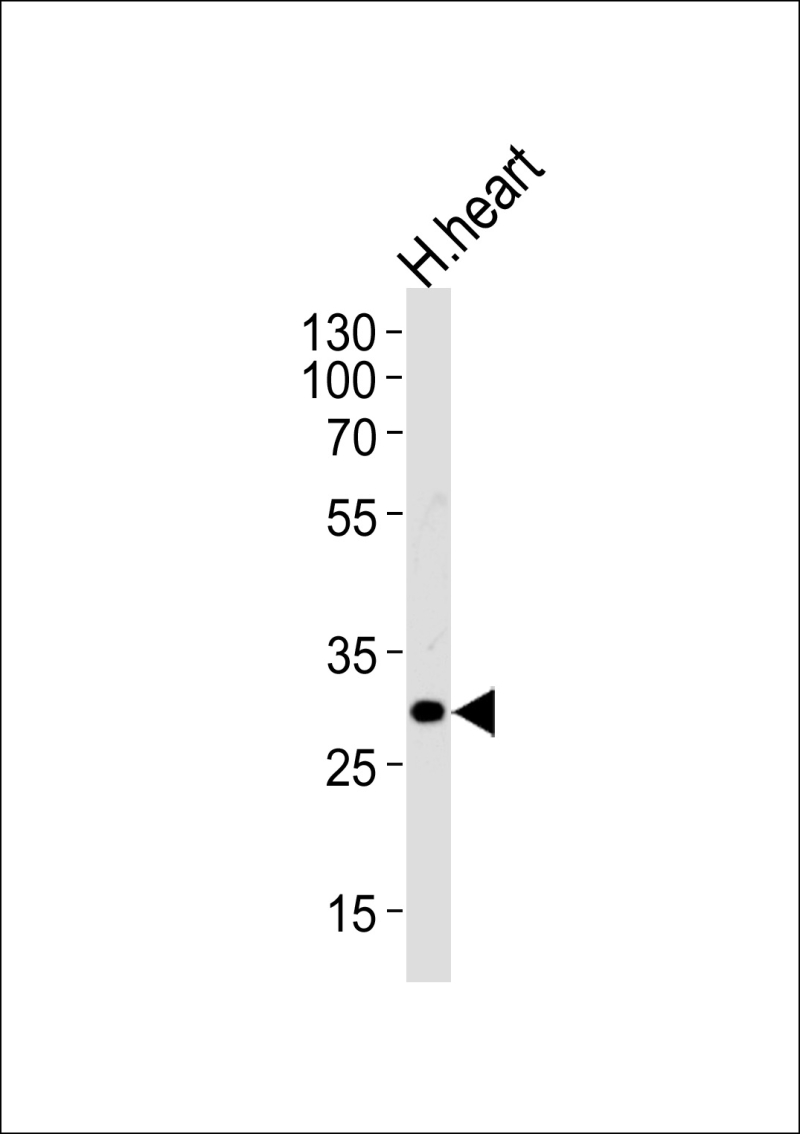
| WB | 1/1000 | Human,Mouse,Rat |
| IF | 咨询技术 | Human,Mouse,Rat |
| IHC | 咨询技术 | Human,Mouse,Rat |
| ICC | 技术咨询 | Human,Mouse,Rat |
| FCM | 咨询技术 | Human,Mouse,Rat |
| Elisa | 咨询技术 | Human,Mouse,Rat |
| Aliases | TBC1 domain family member 7, Cell migration-inducing protein 23, TBC1D7, TBC7 |
| Entrez GeneID | 107080638;51256 |
| WB Predicted band size | 34.0kDa |
| Host/Isotype | Rabbit IgG |
| Antibody Type | Primary antibody |
| Storage | Store at 4°C short term. Aliquot and store at -20°C long term. Avoid freeze/thaw cycles. |
| Species Reactivity | Human |
| Immunogen | This TBCD7 antibody is generated from rabbits immunized with a KLH conjugated synthetic peptide between 150-179 amino acids from the Central region of human TBCD7. |
| Formulation | Purified antibody in PBS with 0.05% sodium azide. |
+ +
以下是3篇关于TBC1D7(可能为用户所指的TBCD7)抗体及相关功能的参考文献,基于近年研究整理:
---
1. **文献名称**: *TBC1D7 is a third subunit of the TSC1-TSC2 complex upstream of mTORC1*
**作者**: Dibble CC, et al.
**摘要**: 该研究首次鉴定TBC1D7为TSC1/TSC2复合物的第三亚基,通过免疫共沉淀和Western blot(使用特异性TBC1D7抗体)证实其与TSC复合物的相互作用,揭示了其在抑制mTORC1信号通路中的调控作用。
2. **文献名称**: *Structural basis for the assembly of the mTORC1-TSC-TBC lysosomal signaling hub*
**作者**: Rogala KB, et al.
**摘要**: 通过冷冻电镜和抗体标记技术,解析了TBC1D7与TSC复合物及mTORC1的结构关联,阐明TBC1D7在维持复合物稳定性及调控细胞生长中的关键功能。
3. **文献名称**: *Dysregulation of the TSC-mTOR pathway in human disease*
**作者**: Huang J, Manning BD.
**摘要**: 综述中提及TBC1D7抗体在临床研究中的应用,指出TBC1D7缺失或突变可能导致结节性硬化症(TSC)相关信号异常,强调其在疾病诊断中的潜在价值。
---
**备注**:若需具体文献来源或补充更多研究,建议通过PubMed或Sci-Hub输入DOI或标题获取全文。
**Background of TBCD7 Antibody**
The TBCD7 antibody targets TBCD (Tubulin-specific chaperone D), a critical protein involved in microtubule dynamics and tubulin folding. Microtubules, essential components of the cytoskeleton, rely on precise assembly of α/β-tubulin heterodimers, a process regulated by chaperone complexes. TBCD, along with other cofactors (TBCA-E), facilitates the folding and assembly of β-tubulin, ensuring proper microtubule network formation. Dysregulation of TBCD is linked to neurodevelopmental disorders, cancer, and neurodegenerative diseases due to its role in maintaining tubulin homeostasis.
The TBCD7 antibody, typically a monoclonal or polyclonal reagent, is designed to detect and quantify TBCD expression in research applications. It is widely used in techniques like Western blotting, immunofluorescence, and immunoprecipitation to study TBCD's localization, interaction partners, and functional roles in cellular processes such as mitosis, intracellular transport, and cell shape regulation. Studies leveraging this antibody have contributed to understanding how TBCD mutations or altered expression impact microtubule stability and cellular health. Its specificity and reliability make it a valuable tool for investigating tubulin-related pathologies and validating potential therapeutic targets.
×